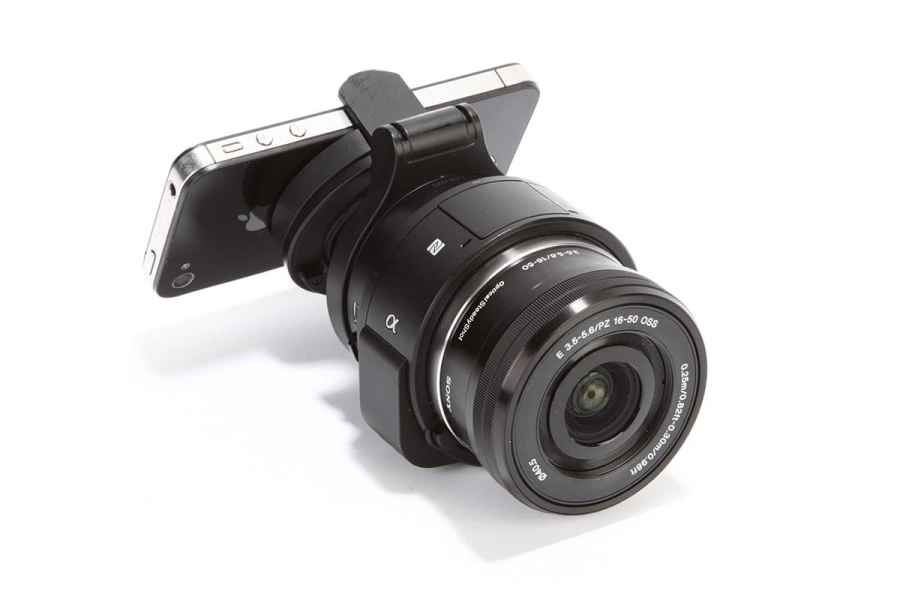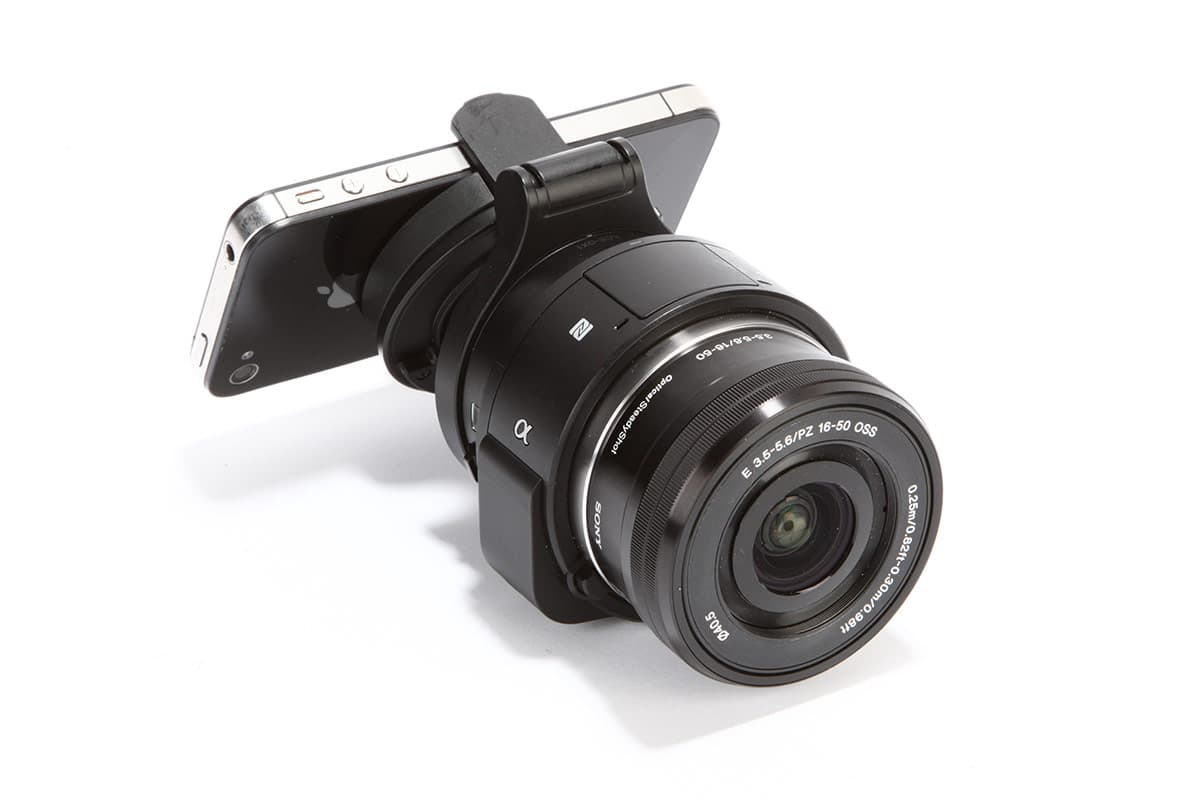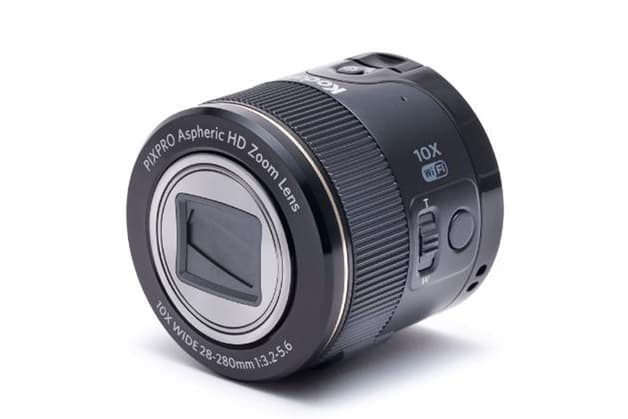Digital camera sales have been on a steady decline for years, while smartphone figures have gone through the roof – and continue to grow. So it’s hardly surprising that camera manufacturers have been eyeing the mobile device market and considering ways they can grab a piece of the action.
One idea they’ve launched is a smart lens that attaches to your mobile. Sony, Kodak and recently Olympus have launched such devices and they all follow a very similar concept. The smart lens connects to the smartphone via Wi-Fi and/or NFC and uses imaging sensors, lenses or lens mounts and other components of existing conventional digital cameras.
However, apart from a shutter button they offer very few external controls and no screen. Instead, the connected smartphone’s display is used for framing, image review and camera control. The idea is that the smart lens’ larger sensor, superior lens and flash allow for better results than your smartphone’s built-in camera. Additionally, images can be edited and processed directly on the smartphone.
Great in theory, but in practice the concept is a little less convincing. Depending on the size of your phone, attaching a smart lens creates a combo with dimensions close to a mirrorless system camera or small DSLR. It also feels quite unbalanced in your hands and is definitely not something to carry at all times. With the smart lens attached, making a phone call is awkward to say the least and it doesn’t help that removing and reattaching the device can be a little fiddly.
Touchscreen control is the concept’s second major drawback. Controlling a smartphone OS via touch display works very well, but a camera without any physical buttons or dials is less than ideal. Camera apps offer user interfaces that work well with the relatively simple smartphone cameras, but once zoom, apertures and other manual settings come into play a pure touch-interface reaches its limits. A noticeable, Wi-Fi-related delay each time you move the virtual zoom lever or press a soft button further contributes to a suboptimal user experience.
Don’t get me wrong. I love a new gadget as much as the next guy, but in their current development state smart lenses seem very much like a solution looking for a problem. It doesn’t help that in many cases their pricing is not far off conventional cameras with similar specifications. With well-designed smartphone-connection features, such as those found on many Sony and Samsung models, the latter are a superior imaging tool to a smart lens in virtually any shooting situation.
Lars Rehm is a freelance photographer and writer, contributing to publications in the US, UK and Germany. In his former role as part of DPReview’s testing team, he shot with countless digital cameras of all shapes and sizes, but nowadays he captures most of his images with a smartphone. Visit www.larsrehm.com or follow him on Twitter @larsrehm









